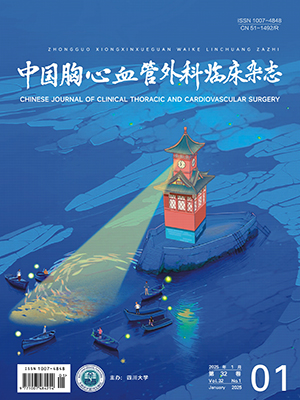Objective To study the feasibility, indication, technique of emergency operation and the perioperative management on critical congenital heart disease in infants. Methods From May 1998 to May 2003, 67 emergency operations of critical congenital heart disease were performed in infants . The age was 14d-32 months (mean , 11.8±8.9 months), the weight was 2.6-14.8 kg( mean, 8.4±3.0 kg). The diagnosis included ventricular septal defect in 39, tetralogy of Fallot in 13, complete atrioventricular septal defect in 5, total anomalous pulmonary venous drainage in 4, atrial septal defect with pulmonary valve stenosis in 3, D-transposition of the great arteries in 2, and postoperative pulmonary valve vegetation in 1. Corrective operation in 64 and palliative operation in 3 were done. Results The preoperative managing time was 0-9 d(mean , 3.7±2.6 d), the lasting time of intubation was 1-14d( mean, 3.8±3.2 d), and ICU staying time was 2-18 d (mean, 5.7±2.8 d). The operative mortality was 7.5% (5/67), the postoperative complications in other infants include 14 low cardiac output syndrome, 14 atelectasis, 8 lung infection, 2 worsened pulmonary hypertension, 1 pneumothorax , and 1 phrenic nerve paralysis. Following up 2-60 months with 1 case late death, the cardiac function of the others were class Ⅰ-Ⅱ/Ⅵ, the operative result was satisfactory. Conclusions The emergency operation on critical congenital heart disease in infants is safe, and can save most of their lives, the good result can be obtained from surgical treatment. Accurate choice of indications, and perioperative good nutritional and cardiorespiratory function support are important.
Citation: 朱海龙,易定华,陈文生,等. Emergency operation on critical congenital heart disease in infants. Chinese Journal of Clinical Thoracic and Cardiovascular Surgery, 2004, 11(1): 20-22. doi: Copy
Copyright © the editorial department of Chinese Journal of Clinical Thoracic and Cardiovascular Surgery of West China Medical Publisher. All rights reserved




